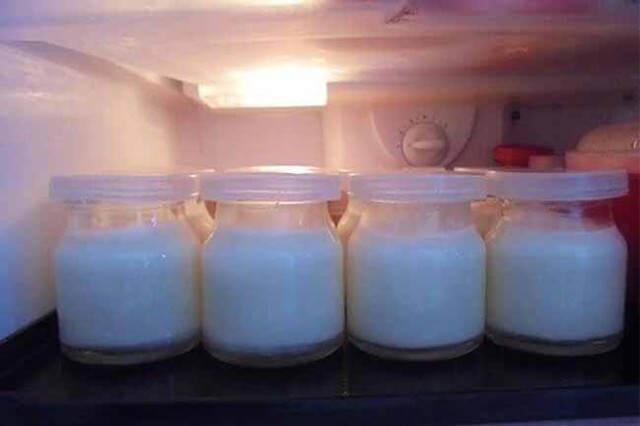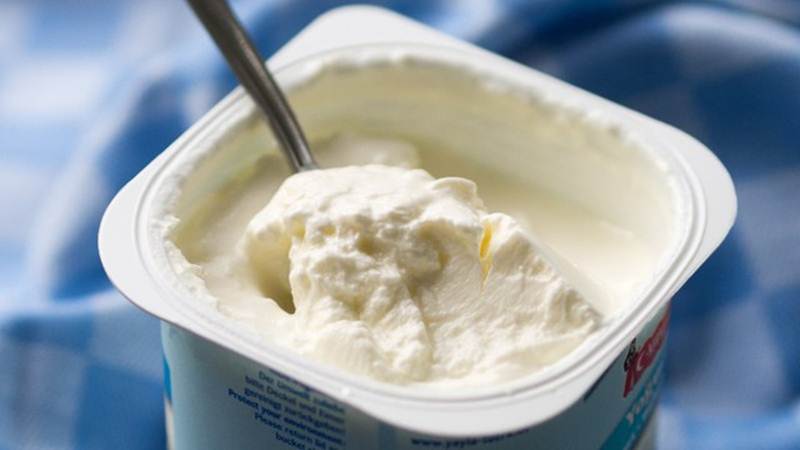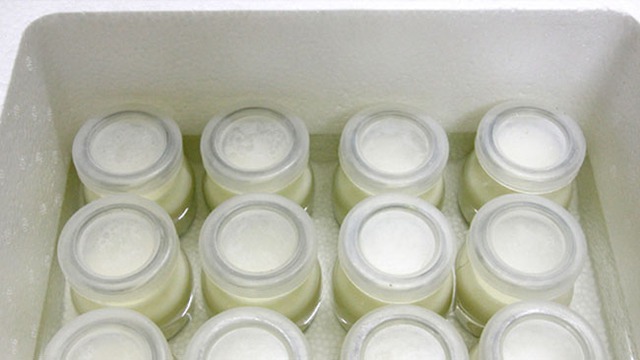Reasons Why Yogurt Goes Bad
Inadequate Fermentation
Yogurt is a product of fermentation, and the quality of the starter culture is crucial to the final product. Using a low-quality yogurt starter can lead to rapid deterioration, failure to thicken, or water separation in the resulting yogurt.

Yogurt is produced through the process of fermentation, making the starter culture a pivotal factor.
Additionally, during production, using a starter culture that is too cold or too warm can kill the existing bacteria, making it difficult for the yogurt to thicken.
Improper Stirring
Stirring evenly is an essential step in making yogurt. Stirring inadequately or with too much force can result in a lumpy texture and the incorporation of excess air into the mixture. This can lead to water separation and spoilage during the incubation process.
Incorrect Incubation Temperature
Incubating yogurt at a temperature that is too high will kill the bacteria, preventing fermentation and resulting in a failure to form yogurt. Conversely, too low a temperature will hinder the growth of bacteria, leading to a runny, watery product.
To avoid spoilage, the optimal incubation temperature for yogurt is between 32-48°C (90-118°F), with 45°C (113°F) being the ideal temperature.

Therefore, to prevent yogurt from spoiling, the ideal incubation temperature is between 32-48°C (90-118°F), with 45°C (113°F) being optimal.
Unsanitary Preparation Equipment
In addition to the quality of ingredients and the yogurt-making process, the sanitation of preparation equipment plays a critical role in the final product’s quality. Using unsanitary equipment can introduce harmful bacteria and contaminants into the yogurt mixture, compromising the beneficial bacteria and leading to fermentation failure.
How to Tell If Yogurt Has Gone Bad
Check the Expiration Date
For pre-packaged yogurt, checking the expiration date is the quickest way to determine if it has spoiled. To protect your health and ensure optimal taste, it is best to consume yogurt within the timeframe suggested by the manufacturer.
If the yogurt has passed its expiration date, discard it promptly, even if it still smells and looks fine. When purchasing pre-packaged yogurt, always check the production and expiration dates carefully before buying.
Visual Inspection
Before consuming yogurt, you can look for signs of spoilage through visual inspection. For example, the packaging may be damaged or improperly sealed, or the container may be misshapen or swollen. Additionally, a change in color, such as a yellow tint or the presence of green or brown spots, indicates spoilage.

Spoiled yogurt often exhibits changes in texture and color.
Furthermore, yogurt that has separated, with a lumpy appearance when stirred, is another sign of spoilage.
Sense of Smell
Opening the yogurt container and taking a whiff is a quick way to determine if it has gone bad. If the yogurt has an unusual or unpleasant odor, it is best to discard it as it is likely spoiled.
Proper Yogurt Storage
Knowing how to tell if yogurt has gone bad leads us to consider proper storage practices. This is especially important for households with young children who may not be able to assess the quality of the yogurt before consumption. Improper storage can have detrimental effects on one’s health.
Nutritionists recommend storing yogurt in the refrigerator, ideally at a temperature between 6-8°C (43-46°F). Avoid keeping yogurt at room temperature, as it will become runny and quickly lose quality. Freezing yogurt is also not recommended, as it can cause throat irritation, especially in children.

Some homemakers choose to store yogurt in the freezer compartment.
For commercially packaged yogurt, the modern industrial production process allows for a shelf life of up to six months. However, for homemade yogurt, it is best to consume it within 5-7 days. Once opened, it is recommended to finish the yogurt within 48 hours.
Storing Yogurt Without a Refrigerator
If you do not have access to a refrigerator or it is already full, you can store yogurt in an icebox or a cooler with ice. Maintain the temperature below 8°C (46°F) by regularly adding ice. This method will keep the yogurt safe for consumption for 1-2 days, but not longer.

How to store yogurt without a refrigerator.
Never leave yogurt at room temperature or expose it to direct sunlight. At room temperature, the beneficial bacteria in yogurt can transform into harmful bacteria, causing the yogurt to spoil and become unsafe for consumption.
According to the “Family and Society” guidelines.


































